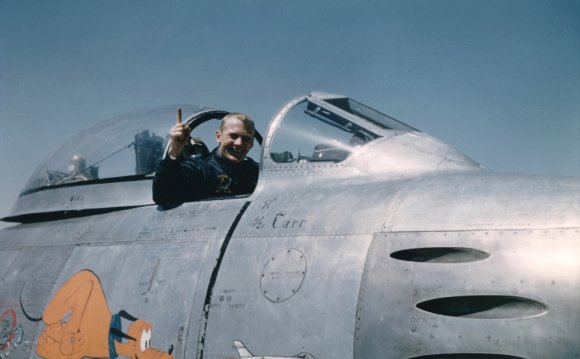
In the future, passenger flight into space is likely to become as routine as air travel. In the early twenty-first century, however, opening up the space frontier is the duty of a select cadre of highly trained individuals. In the United States, the early pioneering days of human spaceflight gave rise to individuals with what author Tom Wolfe called the "right stuff." These individuals were tough-as-nails experimental aircraft test pilots. They were critical to getting America's human spaceflight program, quite literally, off the ground. During the 1960s, and continuing through the 1970s, a unique corps of astronauts flew in the U.S. Mercury, Gemini, Apollo, and Skylab programs.
Today, after some forty years of human sojourns into low Earth orbit and to the Moon, roughly 400 people have departed Earth, heading for orbit. Beginning in 1981, a majority of these individuals have been boosted there courtesy of a U.S. space shuttle. Space travel has come a long way, from the early single-person "capsule" to the winged flight of a space shuttle.
Types and Duties of NASA Astronauts
The National Aeronautics and Space Administration (NASA) recruits pilot astronaut candidates and mission specialist astronaut candidates to support the space shuttle and International Space Station programs. Persons from both the civilian sector and the military services are considered. Applicants for the NASA Astronaut Candidate Program must be citizens of the United States.*
Pilot astronauts serve as both space shuttle commanders and pilots. During flight the commander has onboard responsibility for the vehicle, crew, mission success, and the safety of the flight. The pilot assists the commander in controlling and operating the vehicle. In addition, the pilot may assist in the deployment and retrieval of satellites using the remote manipulator system, in extravehicular activities (spacewalking ), and in other payload operations .
RELATED VIDEO












